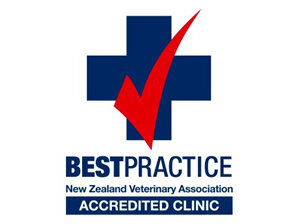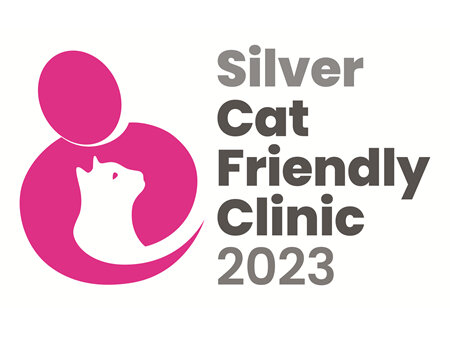Franklin Vets
Franklin Vets - excellence in veterinary care for dairy, farming, lifestyle, equine and household pets. BESTPRACTICE ACCREDITED NZ.
Your account is powered by Storbie. To edit your profile visit my.storbie.com
Your account is powered by Storbie. To edit your profile visit my.storbie.com

Facial eczema is caused by a fungus (Pithomyces chartarum) that grows in the pasture, particularly ryegrass. Warm, humid weather provides perfect conditions for fungal growth. The fungal spores contain a toxin (sporidesmin) that causes liver damage. This damage means that the liver doesn’t function as well and byproducts in the cow (and sheep, alpacas & llama) that are normally dealt to by the liver can build up. Certain byproducts cause the cows to become very sensitive to light.
Signs of facial eczema to look out for include a drop in milk production, restlessness and/or shade seeking, licking at udders and, in the worst affected cows, white-haired or hairless areas of skin becoming thickened, blistered, and peeling off. Not all animals with liver damage will show physical signs (subclinical disease). It is estimated that for every clinical case there will be 10 cows with subclinical facial eczema.
We monitor farms that regularly provide grass samples for spore counts during the risk period. However, spore numbers can vary significantly between neighbouring farms and even on the same farm. If you have concerns about the spore levels on your farm the best thing you can do is bring in a few handfuls of grass from your own paddock for testing.
The main way to protect stock from facial eczema is to give them zinc during the risk period. Dairy cows are most commonly treated with daily zinc supplementation via drinking water or in their meal. For young and dry stock it’s more effective to give them slow-release zinc boluses. These boluses last for 6 weeks at which point an additional dose can be administered if required.
Care needs to be taken when calculating the correct dose of zinc to give, as too much zinc is toxic to cattle and can be fatal. The fatal dose of zinc is only about twice that of the amount required to protect from facial eczema. This is particularly easy to do when dosing young stock in a race if careful attention isn’t paid and an individual accidentally receives two bolus doses. Ironically, the symptoms of zinc toxicity look like those seen with facial eczema. So, it can be difficult to know if you need to give more zinc or if they have been given too much.
Sheep can be protected using sheep-specific slow-release zinc boluses. For Alpacas and Llama, you'll need to either feed zinc pellets or add a zinc oxide slurry to the food daily.
If you have any questions about facial eczema or would like advice to create a prevention plan for this season, then get in touch with your local Franklin Vets clinic.
Neil Murray - Farm Vet at Paeroa
Franklin Vets - excellence in veterinary care for dairy, farming, lifestyle, equine and household pets. BESTPRACTICE ACCREDITED NZ.



